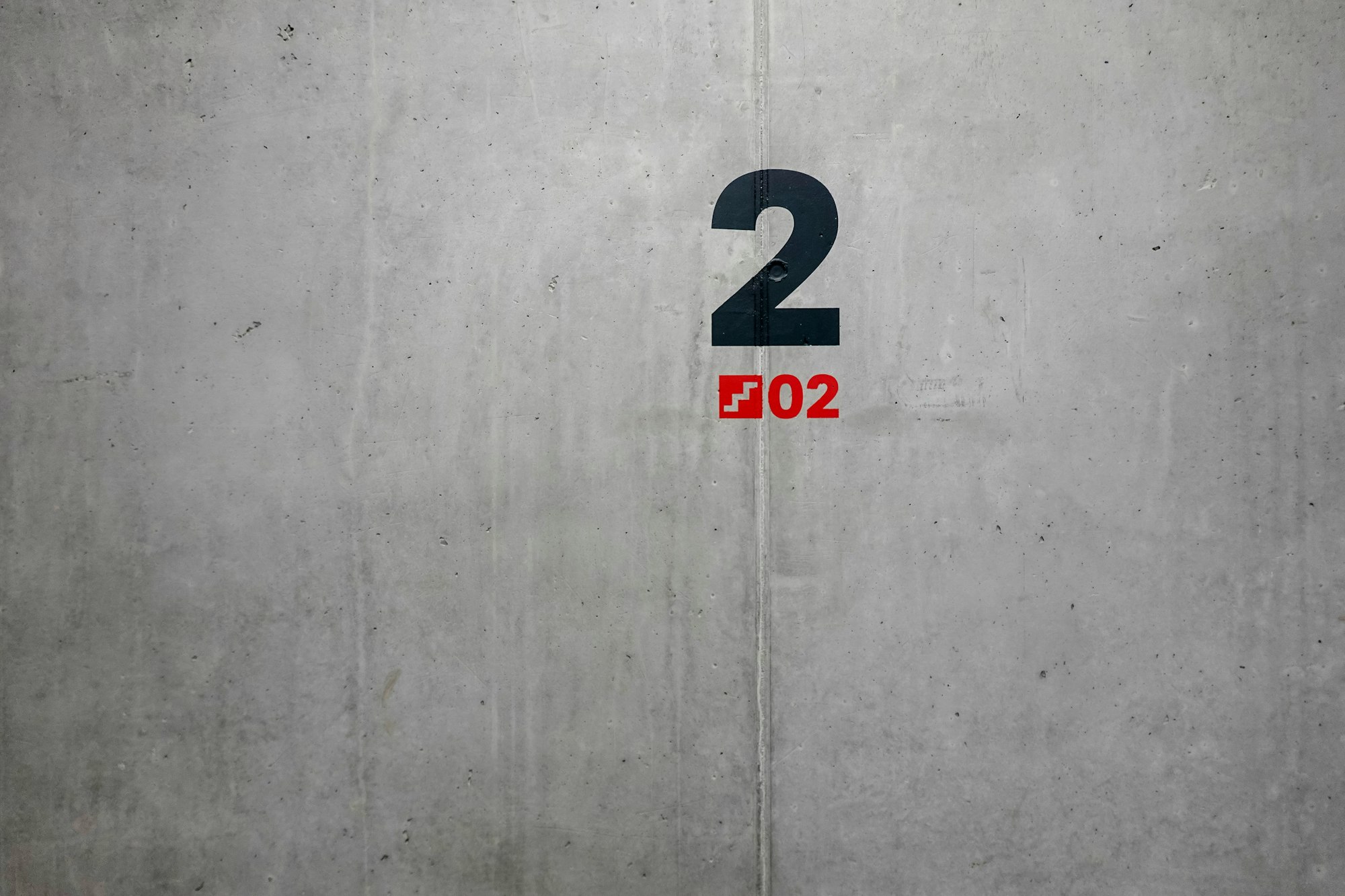How to use Secondary Sources to Guide Product Decisions

What are secondary sources?
Primary research is when you go directly to the source, the people who you want to find out more about or the thing you want to learn more about, and you go and do that research by yourself. You do the interviews yourself, you do the surveys yourself, all of that.
And secondary sources are the opposite. You're relying on secondhand information from other people's research and fact-based findings.
When are secondary sources useful?
One of the major problems is that there are people that always say there's no time for research or stakeholders are not really convinced that research is necessary.
And so you could just jump straight into doing your wireframes and prototypes and development using your intuition and assumptions about what people need. But this is risky and the goal of research is to eliminate risk as much as possible. Instead you should think of the biggest risks in your assumptions and try to find the answers to be sure that you're on the right path.
Because secondary resources are quick to uncover they don’t take much time or budget. But because they’re cheap doesn’t mean they’re not useful. You can find direction for new projects, new challenges, new research, feature comparison, and ultimately new insights.
Sourcing Secondary Information
Social Media
Think about the last time you had a bad experience with a product, who did you share it with, maybe besides your group chats? Probably on social media. People share everything on social media. When you have a bad experience, when you have a good experience, the most likely place you will go first.
Social media is a very good source. You can simply do a keyword search by thinking about the keywords that are relevant to your product, your service, or your company, and even for your competitors as well.
This is where extensive competitive research can also come in. You will see what people are enjoying about your product, what people are frustrated about, what they would like, and what they think is missing. You can even search for things like the UX of [insert your product, service, or company]. And it gives you insights into the problem areas of your product or features that people want. Then you can do more research about that, and so on.
App Store Reviews
Don't just check on one or the other; check on all of them. Some people go into detail about things, like, what sucks, what they love, what they wish the app had, and so on. You find complaints, you find compliments, you find questions, you find suggestions. And the good thing about questions is if you have a feature already, and people are commenting in your app store reviews and are saying, "does this app allow you to do this?". Then you know that there's a discoverability problem. And that gives you this problem that we need to solve.
Review Websites
There are many websites that do review comparisons or give feedback about different apps. Basically, they've done the competitive analysis for you. So you can go to those websites as well, and see what people think about your products, especially versus your other competitor products.
External Desk Research
A third secondary source is desk research. Desk research is literally you getting your Google game on and looking for research from other publications, other sources on topics relevant to your product, your features, the customer needs that you're trying to solve for your target audience, or your assumptions, all of these things. You have companies like Nielsen Norman and Baymard Institute where they publish research on user behavior, best practices, preference, and benchmarking reports.
Another good source for desk research is tech companies, like Meta, Microsoft, Google, and Spotify. They often post case studies and best practices based on the research they've done. You can search for academic papers on sites like Google Scholar and find valuable research. But you can also find good content on sites like Medium, or even on companies own websites.
Internal Desk Research
Finally, desk research can also be internal. It's not always external. So if there are other teams within your company that do research, you might want to see what research they have done in the past, and what findings they have. There are always people within the organization or teams that are in contact with users; customer support, marketing, sales, accounts managers, or even the founder. Talk to those people. Ask them questions. Ask them for feedback. Ask them about complaints. Ask them about what people are saying about the products and so on.
Research Panel
A good way to also look internally is to create an internal research panel. A research panel is simply a group of people that you can reach out to constantly to get feedback and ask questions. If you do research, you should probably have a panel. It makes recruitment, and your life, so easy.
For example, if your startup is creating something for new parents, you can look at your team and see if there are any new parents on your team and ask them those questions. If you can't find people who fit the specific attributes of your audience, it's fine. But try as much as possible to consider the behavioral and psychographic things because behaviour is more important than demographic things like age and gender and all of that.
Sharing Findings
Synthesize
With every kind of research you do, whether primary or secondary, you need to do analysis and synthesis. There's no point in collecting all the data and then just leaving it there. You need to categorize what you find. A way that I've done this in the past was I created categories like feature requests, customer complaints, and whatever other category makes sense. Alternatively, you can use affinity maps or whatever makes sense for you to synthesize.
Share
The second thing to do after synthesizing is to share. There is no benefit to doing all of this great work if you do not share. You need to discuss the findings with your team. You need to discuss what you have noticed, what you have seen, and what stands out to you.
For example, if you look through the past year of App Store reviews, you can say something like, oh, 10% of App Store reviews in the past year are people requesting a particular feature. Or if you're talking to customer support or looking at customer support tickets, you can say, oh, in the past three months, 70% of customer support tickets have been about a specific complaint on this screen. Or three in five requests are for a feature which other competitors have but we do not have.
Prioritize
You then need to prioritize your findings with your team. You need to define how severe the problem is. Are you losing users? Are people saying things like, I need this feature and since this app doesn't have it I'm going to use this other one instead? Is that what you're seeing on social media or in the app store reviews or wherever? Are you seeing increased frustration in the customer experience that is impacting things like customer satisfaction scores? How relevant are they to the business goal? Is it low effort and high reward or high effort and low reward? So those are the things that help you prioritize.
Act
And then finally, once you have prioritized, you need to act. It's not enough to synthesize, to share and to prioritize if you do not act. Acting can be you following up with the product manager, or whoever makes the decision on what's next. Or acting can be directly implemented wherever possible.
For example, if you're saying that people are constantly complaining about a particular flow or screen in the app or the website or whatever, you can start making design changes. You can create a new wireframe or a new prototype to test to improve that flow. Acting can be doing more research to uncover how severe of a problem this is or how relevant of a need this is or how important of a pinpoint this is to address for your business and to solve. And that's it.
Benefits of secondary sources
If you do all of this, secondary research will give you a great opportunity to influence the direction of your product, and even better, you are managing to achieve this with very limited resources used by the company.
Lade Tawak
Senior UX Researcher & Experience DesignerLobster Ink
Lade applies research, strategy, and facilitation skills to help businesses and product teams better understand people (motivations, behaviours, challenges, needs etc) and problems and use the insights to help them create better, useful, and usable products and delightful experiences and solve business problems.
Get latest articles straight to your inbox
A weekly list of the latest news across Product, UX, Design and Dev.

